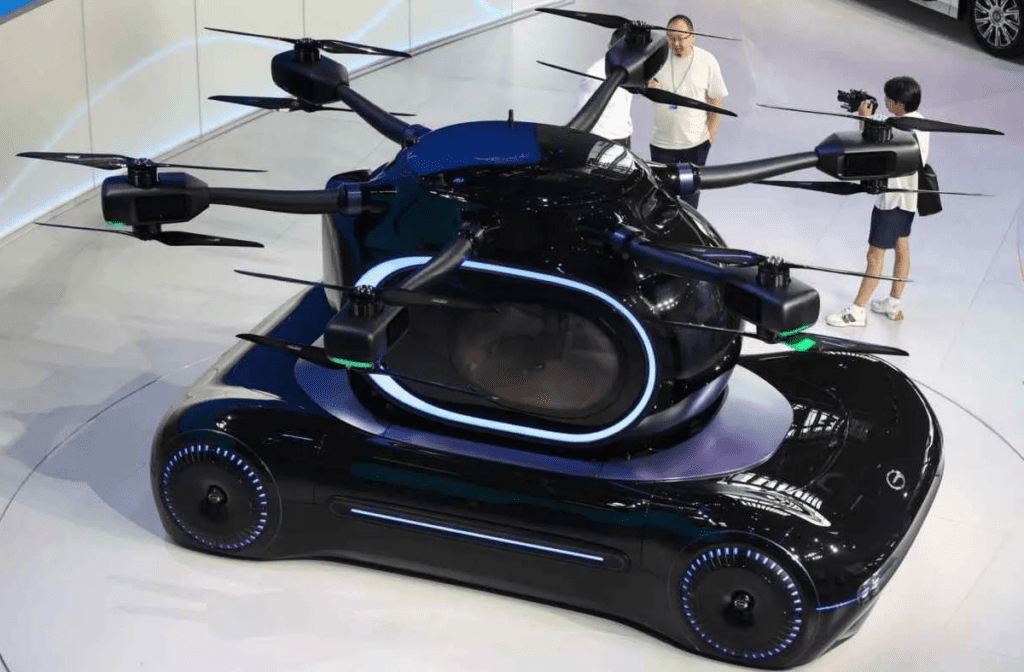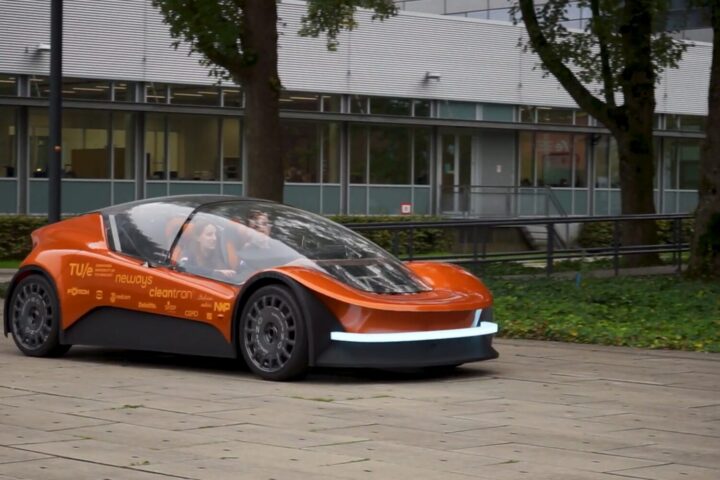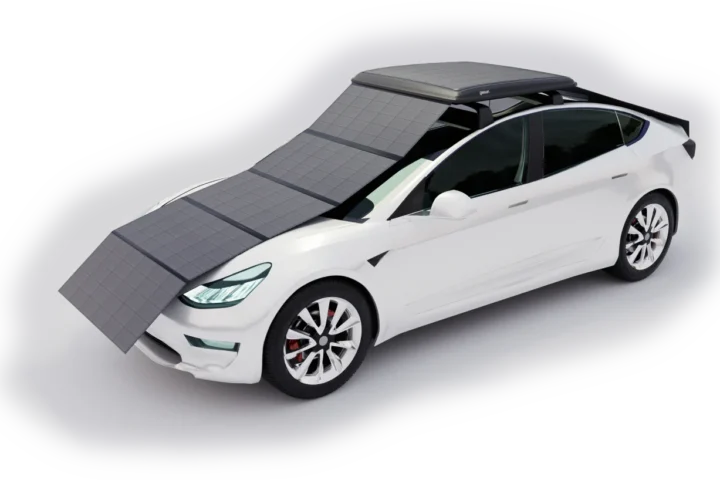The fantastical visions of a future populated by flying cars are inching towards reality. Alef Aeronautics, a California-based innovator, recently announced its ground-breaking prototype, the Model A. It’s not just the company’s tech-infused concept that’s fascinating; their audacious timeline of customer deliveries by 2025 captures the imagination, blurring the lines between sci-fi and soon-to-be reality.
With its lofty price tag of $300,000, the Model A is not your ordinary road vehicle. It promises the ability to ‘hop’ over traffic congestions by taking flight, promising a range of 110 air miles on a single charge, with an additional 200 miles on-road capability. Alef CEO Jim Dukhovny envisions the Model A as a solution to circumvent road conditions, weather, and infrastructure challenges, primarily maintaining its identity as a car but offering a flight option when necessary. Alef’s creative solution to the transport conundrum has caught the attention of famed venture capitalist Tim Draper. His investment arm, Draper Associates Fund V, invested $3 million seed money into Alef, displaying faith in the company’s ambitious vision.
However, Alef Aeronautics’ journey towards the actualization of their vision isn’t without substantial hurdles. The convergence of automotive and aviation safety regulations pose a considerable challenge. Analyst Mike Ramsey emphasized the complexities of making a vehicle that meets both road and aviation safety regulations, expressing skepticism over the feasibility of Alef’s tight timeline. Despite these challenges, the company has a strategic approach to expedite its regulatory process. Alef aims first to seek air certification in Asia and Europe, intending to build a safety record and gather data to assist with FAA certification in the U.S. Moreover, the initial certification as a Low Speed Vehicle (LSV) keeps the Model A within a less challenging regulatory framework.
Similar Post
Adding to its audacious plans, Alef aims to roll out a more affordable flying car, the Model Z, with a proposed price tag of just $35,000 by 2030. This bold move pushes the boundaries of not just technology, but also affordability, potentially making the luxury of flying cars accessible to a wider demographic. Interestingly, Alef’s ambitious approach isn’t unique in the market. Start-up rivals like Aska and heavyweight competitors such as Fiat Chrysler, Xpeng, Hyundai, and Uber are all racing to be the pioneers of the flying car market, making the next few years potentially transformative for the transportation industry.
However, it’s crucial to remember that regulatory approvals might outlast technological advancements, tempering the excitement surrounding the debut of flying cars. In this brave new world of personal aerial mobility, regulatory landscapes will likely play a decisive role in shaping the timeline of flying cars becoming commonplace. As such, the world will be eagerly watching Alef Aeronautics and other market players as they navigate these pioneering routes.

















